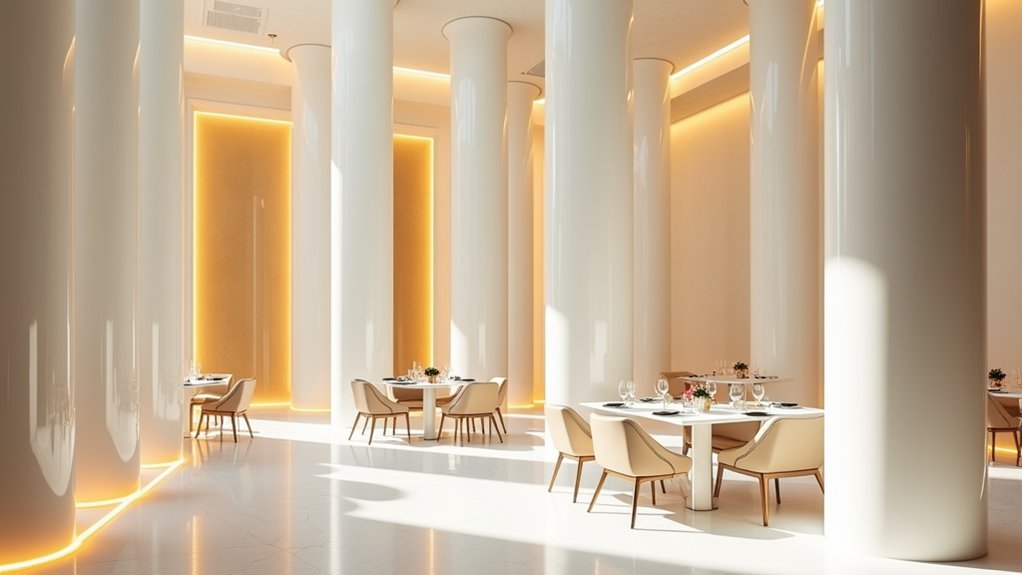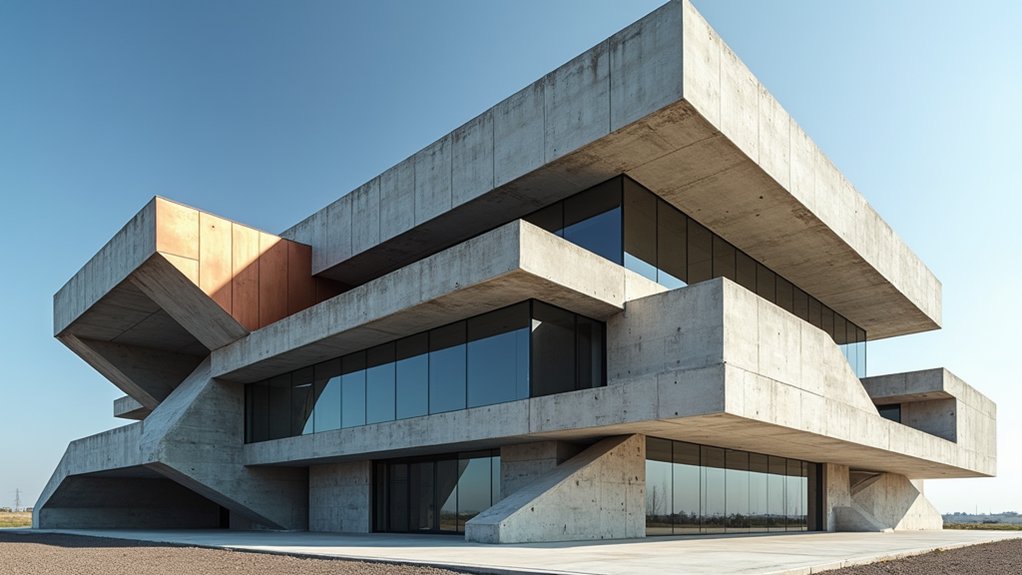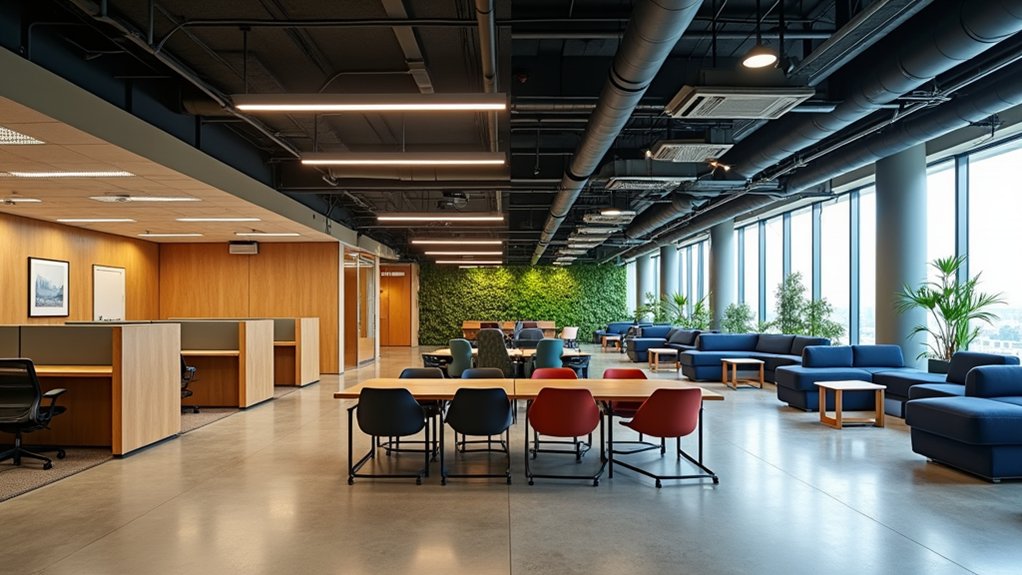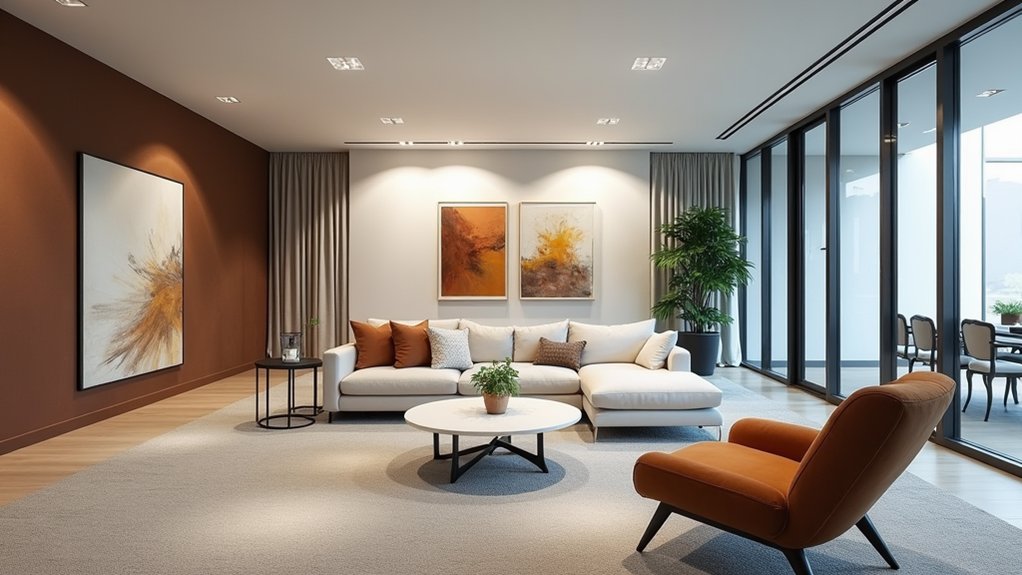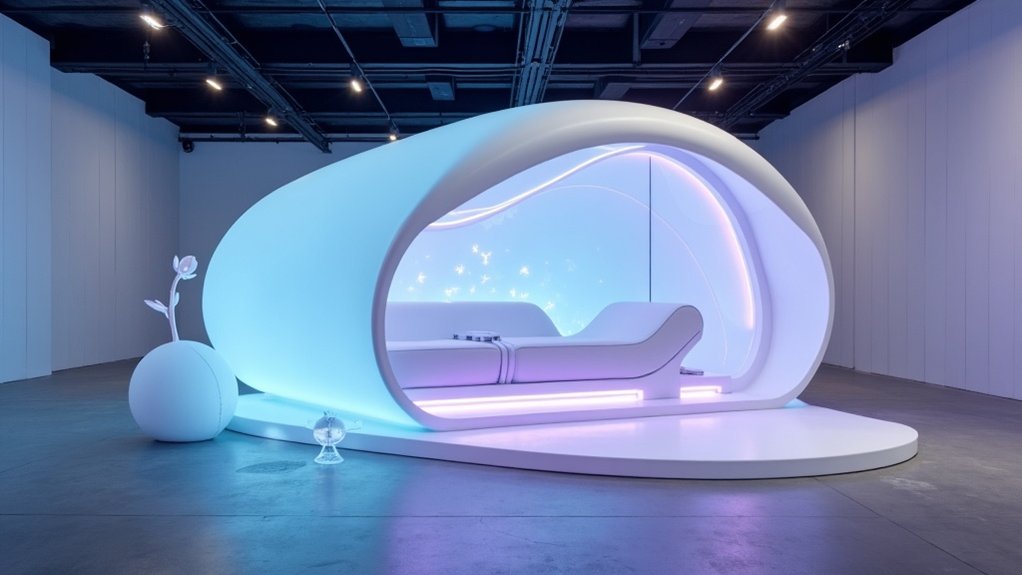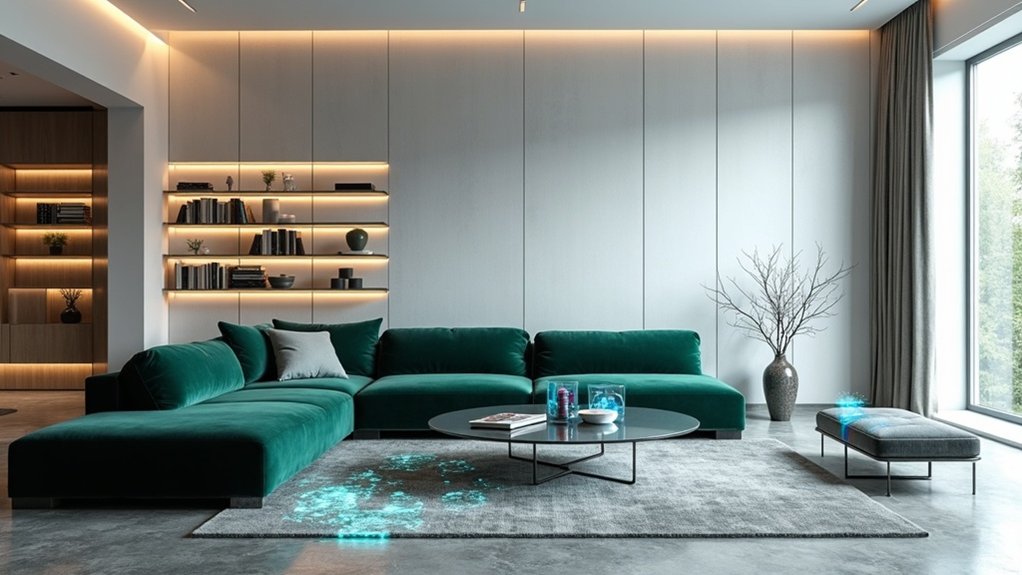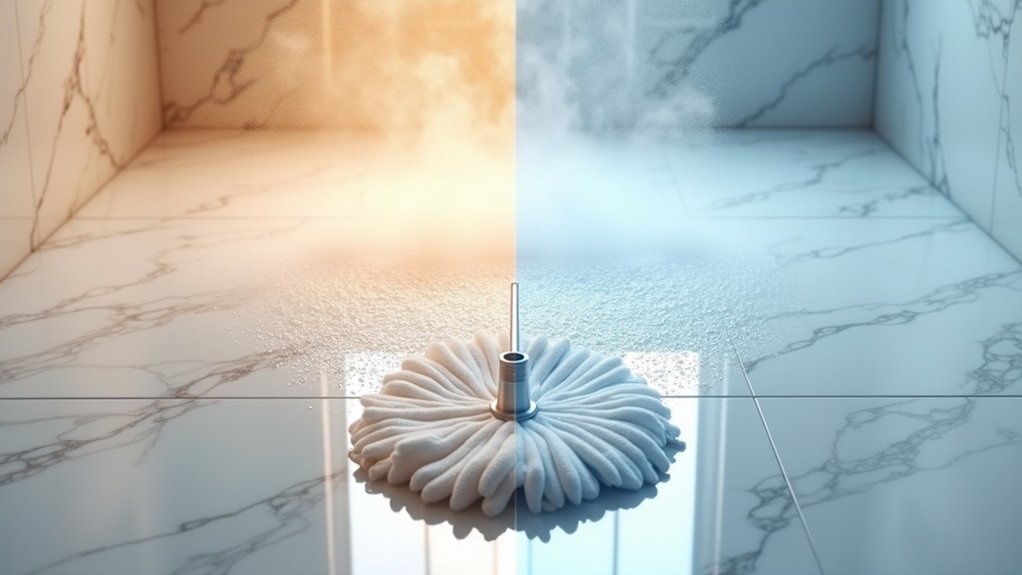A revolution in restaurant design has emerged through the strategic use of glossy ceramic pillars, transforming dining spaces into visually enchanting environments that balance nostalgic charm with contemporary sophistication. These architectural elements create striking focal points that capture the essence of mid-century modern aesthetics while embracing advanced appeal, fundamentally altering how diners experience restaurant interiors.
The high-gloss finishes characteristic of these ceramic pillars serve multiple design functions beyond mere decoration. Their reflective surfaces amplify ambient light throughout dining areas, creating an illusion of expanded space that makes even compact restaurants feel more expansive and inviting. Bold colors and geometric patterns evoke the optimism of space-age design trends, while the contrast between glossy pillars and matte backgrounds adds dramatic visual depth that fascinates guests from the moment they enter. Additionally, the use of natural materials in conjunction with these pillars enhances the overall sensory experience in dining spaces.
Reflective ceramic surfaces amplify light, creating expanded spatial illusions while bold patterns evoke space-age optimism throughout dining environments.
Material properties make ceramic pillars particularly suited for demanding restaurant environments. The non-porous glossy surfaces resist stains, odors, and liquid absorption, maintaining their pristine appearance in spite of constant exposure to food service activities. Their essential hardness withstands impacts from shifting furniture and accidental collisions, while fire-resistant properties guarantee safety near kitchen areas or atmospheric flame features. The anti-scratch properties ensure that frequent contact with service carts and equipment won’t compromise the pillars’ flawless finish.
Maintenance advantages have accelerated adoption among restaurant owners seeking operational efficiency. The smooth surfaces require minimal cleaning effort without harsh chemicals, supporting improved hygiene standards vital in today’s hospitality sector. This ease of maintenance translates to reduced long-term operational costs while assuring compliance with stringent health regulations.
Design versatility allows these pillars to transcend mere structural necessity. They function as creative space dividers in open-plan layouts, eliminating the need for solid walls while maintaining distinct dining zones. Customizable shapes and dimensions facilitate seamless integration with various restaurant concepts, from upscale establishments to casual dining venues. Some designers incorporate pillars as integrated lighting features or brand identity elements, demonstrating their multifunctional potential. The acoustic qualities of ceramic surfaces help reduce sound reverberations, creating a more comfortable dining atmosphere where conversations flow naturally without excessive noise.
The durability of ceramic pillars contributes to sustainable design practices by minimizing replacement cycles and material waste. Their resistance to fading under intense lighting and ability to retain aesthetic integrity after years of heavy use make them a sound investment for forward-thinking restaurateurs embracing the retro-advanced movement.
